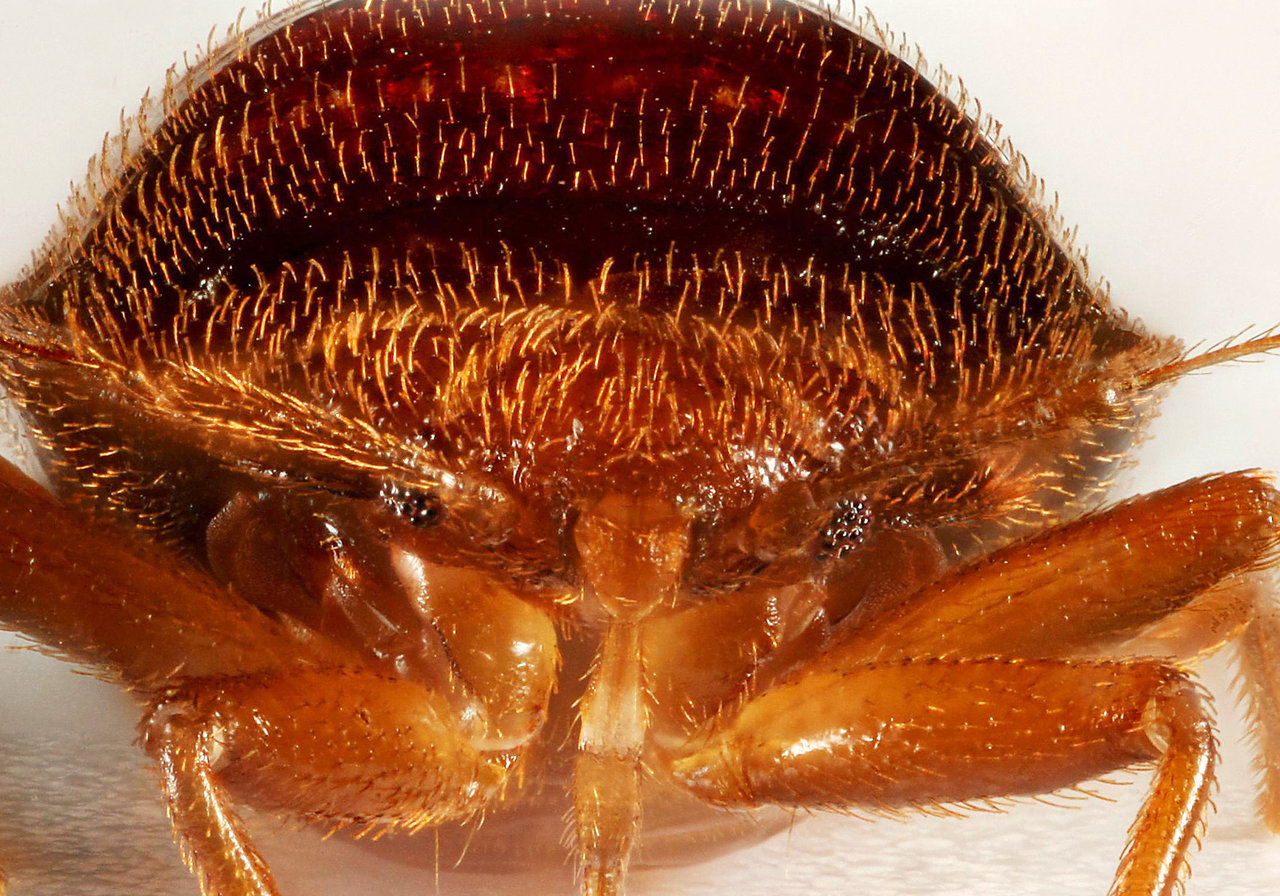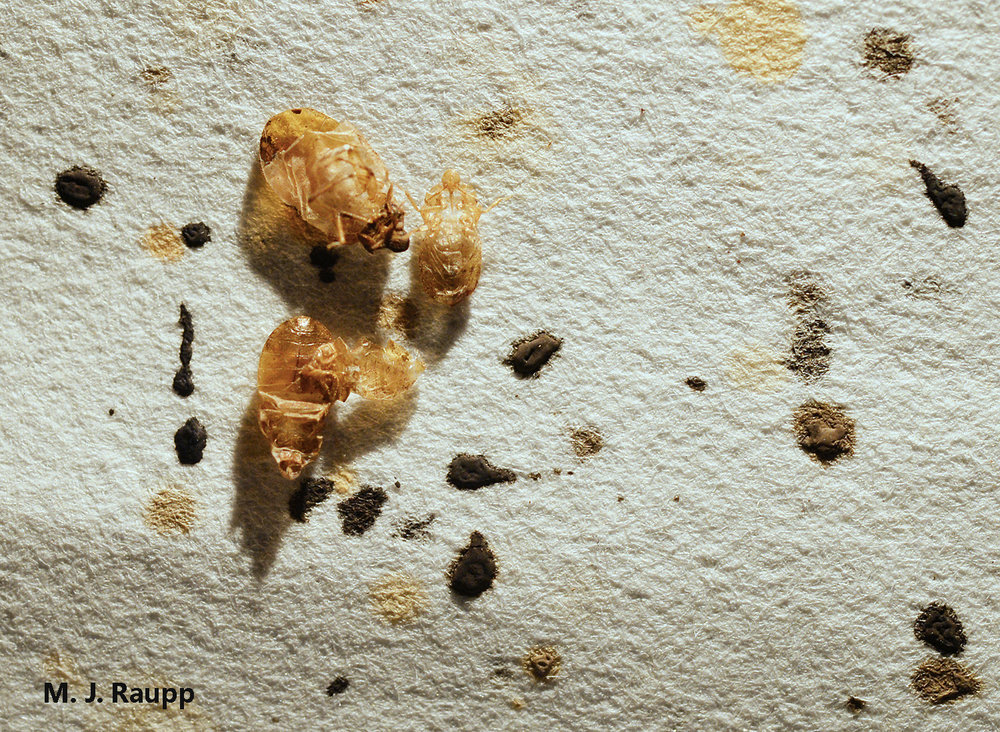
“Don’t let the bedbugs bite” used to be easy advice to follow in the United States. Thanks to the widespread use of the pesticide DDT, bedbugs were virtually nearly wiped out in the U.S. from World War II through the 1990s.
But since the bedbug success story began:
- We banned DDT, which was effective but turned out to be highly toxic to people and animals. Before the ban in harmful insecticide in 1972, bald eagles, California condors and peregrine falcons nearly went extinct from DDT’s lingering effects.
- Travel, including international travel, boomed.
- A pesticide-resistant strain of bedbugs has invaded our homes and businesses.
District No. 1 in Bedbugs
As a result, bedbugs have made a comeback, and the problem is especially bad in the nation’s capital. A 2020 report by Orkin lists Washington, D.C., as the bedbug capital of the country, replacing Baltimore, which held the spot for the past three years.
Bedbugs survive by feeding on human blood. These bugs are small, oblong, and brownish-red. Nymphs (baby bedbugs) are tan, and they swell up and turn a reddish color after they feed. They reproduce quickly, with females laying 200-500 eggs during their lives. “When temperatures are warm, it takes less than a month to complete a generation. When cooler, it may take four months to complete the life cycle,” says University of Maryland entomology professor Dr. Michael Raupp.
These bugs are tough. Dr. Raupp says nymphs can survive for several months without feeding. In colder temperatures, adults have lasted up to a year.
Bedbugs can leave itchy, painful bites that form red welts. Raupp says bedbugs do not carry disease, and some people may not even know bedbugs have bitten them. “Some people will have virtually no reaction while others will develop rashes at the site of the bite,” he says. “These can be treated with anti-inflammatory medicines.”
Signs of a Bedbug Infestation
Bedbugs get around by crawling and by hitchhiking on us. They latch onto clothes, backpacks, purses, luggage, coats, hats, etc. From there, they spread from room to room, home to home, and building to building. They’re experts at hiding during the day in small spaces. Dr. Raupp says that includes “bedclothes, mattress seams, box springs, spaces in the bed frame, behind the headboard, baseboards, picture frames, chests of drawers, posters, loose wallpaper, and almost any nook and cranny in the bedroom.” They can also hide in couches, dad’s favorite lounger, office cubicles and file cabinets, and even movie theater seats.

You’ll usually find a bedbug infestation by the signs they leave behind. Dr. Raupp says these are “shed skins, dark fecal spots on sheets and bedding, and the bugs themselves are pretty easy to spot. Some people first become aware when they actually experience the bites and present a rash and see the little rascals upon further inspection.” Early detection is key in preventing a larger bedbug infestation. By the time you’ve noticed their bites, it may be too late.
Once you’ve discovered a bedbug infestation, Dr. Raupp says you should get professional help. “First it starts with a thorough inspection to confirm infestation and severity. It will take sanitation — vacuuming, washing, sealing cracks and crevices, encasing mattresses and box springs, using excluders on legs of beds, and in most cases, pesticide applications.”
Preventing a bedbug Infestation
Vigilance and early detection are keys to stopping a larger infestation. Take special care when you travel to prevent bedbugs from coming home with you.
- Check your room and reject it if there are traces of bedbugs.
- Keep your luggage off the floor and use a metal luggage rack.
- bedbugs love dirty clothes, so seal laundry in plastic bags. A garbage bag with a twist tie will do.
- If you think you were exposed, put all clothes in the dryer on medium or high heat as soon as you return home.
At home
- Avoid bringing second-hand furniture into your home, especially beds, couches, and bedroom furniture.
- Inspect any used goods for signs of bedbugs before bringing them into your home.
- Use protective mattress encasements to bedbug-proof your mattress.
- Place small entrapment devices under beds or sofas.
- Get rid of clutter to give bedbugs fewer places to hide.
- Vacuum regularly.

Bedbugs don’t appear to be leaving anytime soon, but you can take steps to keep them away and stop the bedbugs from biting.
Dr. Michael Raupp is a professor of entomology and an extension specialist at the University of Maryland. He writes the blog, BugoftheWeek.com, where he reports on all things bug and insect-related. His students and blog followers call him “The Bug Guy.” He frequently appears as an expert on “Good Morning America,” NPR, and other news outlets. He has also appeared on BBC, CNN, National Geographic’s Explorer, “The Dr. Oz Show,” “Tyra Banks,” and “The Tonight Show with Jay Leno.”
Main image credit: British Pest Control Association, CC 2.0.